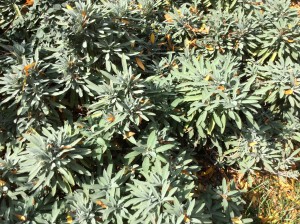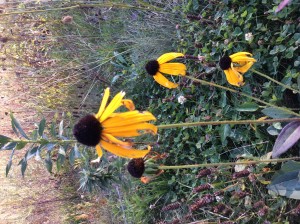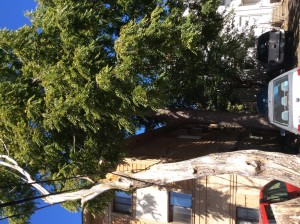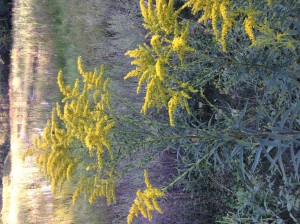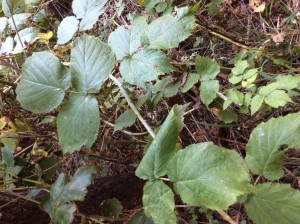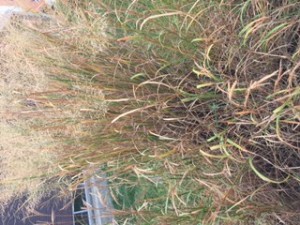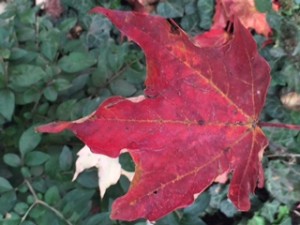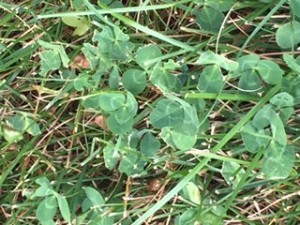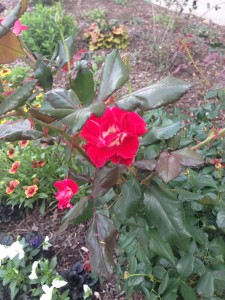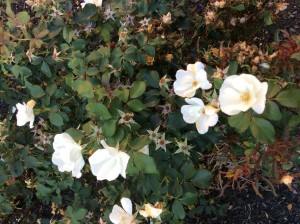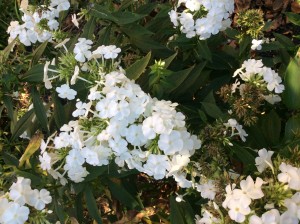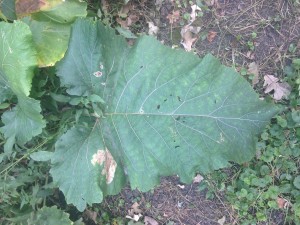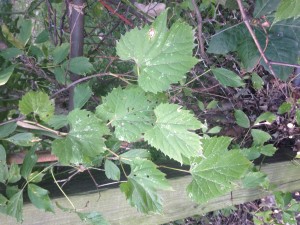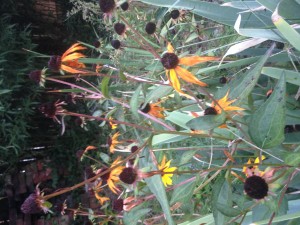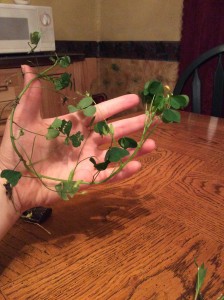Lamiaceae family: Salvia officinalis
key characteristic: the key for me was the aromatic smells the plant produced. The aromatic smell is not found in all the species of the Lamiaceae family. Also it was a short herbaceous plant similar to the one discussed in class
Asteraceae family: Rudbeckia hirta
key characters: several key factors to put this plant in the Asteraceae family. The many flower parts as well as the modified bracts were the first noticeable features. The other main feature I saw was the large capitulum which contains the inflorescence.
Juglans nigra
key characters: walking back from class I first notice a walnut on the ground and looked up to see this black walnut between two houses. Then saw the pinnately compound leaves with the deep grooved bark and confirmed it was Juglans nigra.
Solidago canadensis
key characters: immediately recognized the bright yellow flowers in this field. Upon further investigation I saw the long alternate leaves connected to the tall stock.
Umbel: Gypsophila cerastiodes
An umbel is a cluster of flowers protruding from the same spot (usually the tip) with similar length stocks forming an umbrella shape formation.
Aggregate Fruit: Rubus occidentalis
Found this Rubus occidental near a wetland with fruits already missing which is common for this time of the year. But aggregate fruit is the fusion of many Carples to form as in this case berries

